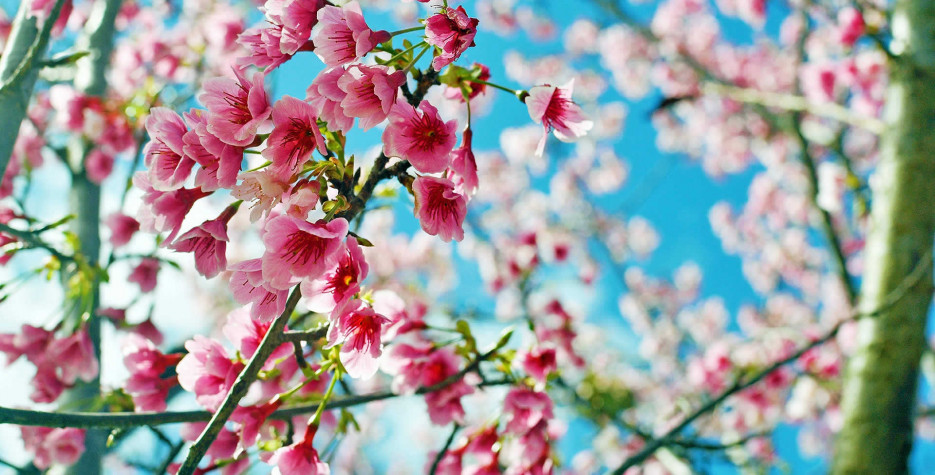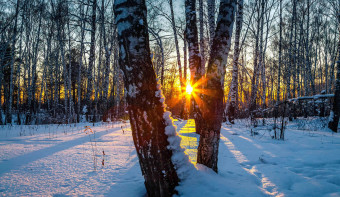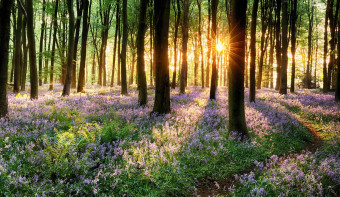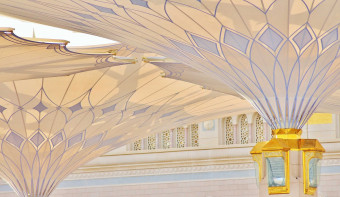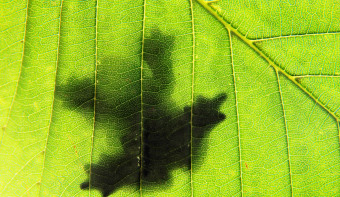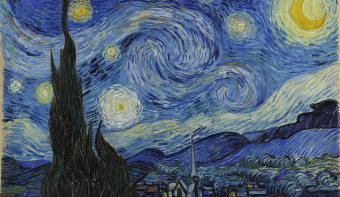About Vernal Equinox
Vernal translates to “new” and “fresh,” and the word equinox comes from the Latin words aequus, meaning “equal,” and nox, meaning “night.”
The sun rises exactly in the east and sets exactly in the west on this day, making day and night equal in length. From this day forward, the sun crosses over the equator to the Northern Hemisphere, meaning it rises and sets in the Northern Hemisphere, meaning that the days will begin to become longer than nights in the Northern Hemisphere, heralding the arrival of Spring.

NOAA/NWS
When is Vernal Equinox?
The spring equinox doesn’t arrive on the same day every year, but it always falls on one of these three days here in the northern hemisphere: March 19, March 20th or March 21st.
In most years, the first day of spring lands on March 20st. However, in 2020 the spring equinox arrived on March 19th. In 2021, it reverted back to March 20th, and that will be the date again in 2022 and 2023.
The next time the spring equinox will occur on March 19th will be 2024, And the next time it arrives on March 21st will be 79 years from now — in 2101.
If you’re wondering why spring starts on different dates, you have to remember that a year is normally not an even number of days and neither are the seasons. So, you can’t divide 365 days into four equal quarters and have an equal amount of days in every season.
Traditions of Vernal Equinox
The equinox is also important in many parts of the world as a key part of cultural practices. The equinox marks the first day of the Iranian calendar, and the Nowruz holiday is celebrated by some people in Iran, Afghanistan, and the Kurdish regions of Iraq, Turkey and Syria, and throughout Central Asia. Traditions differ between places, but it’s a New Year celebration of the spring equinox.
In Japan, it’s observed as a national holiday, known as Shunbun no Hi.
It’s also used by Christian churches to calculate Easter: the first full moon after the equinox is Easter, and this is when Passover usually falls as well.
Find out moreSimilar Observances
Winter Solstice
Read More
Other Observances on March 20th 2026
Eid Al Fitr ☪️
Read More


